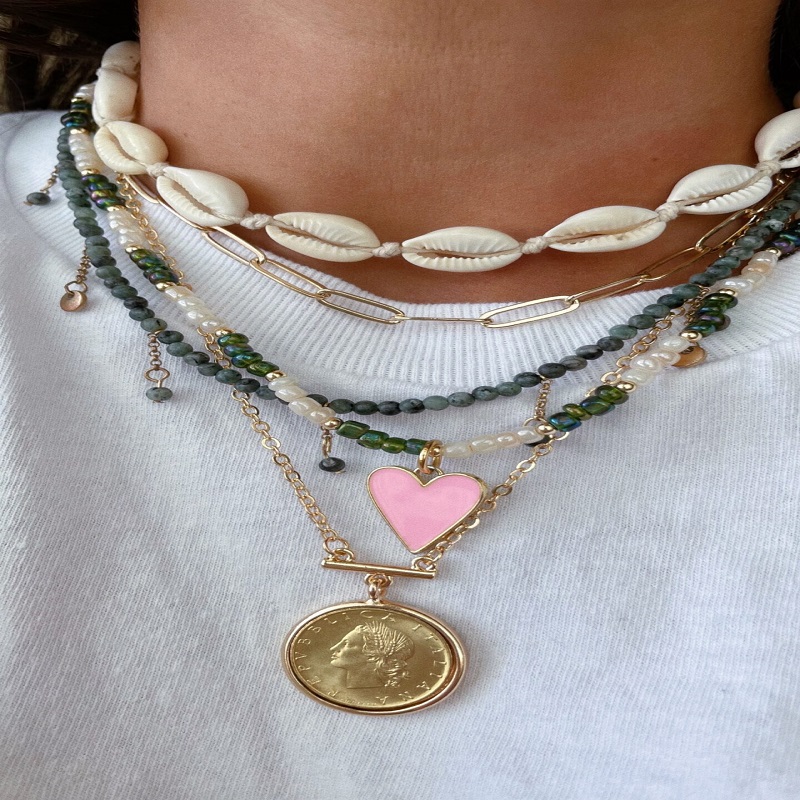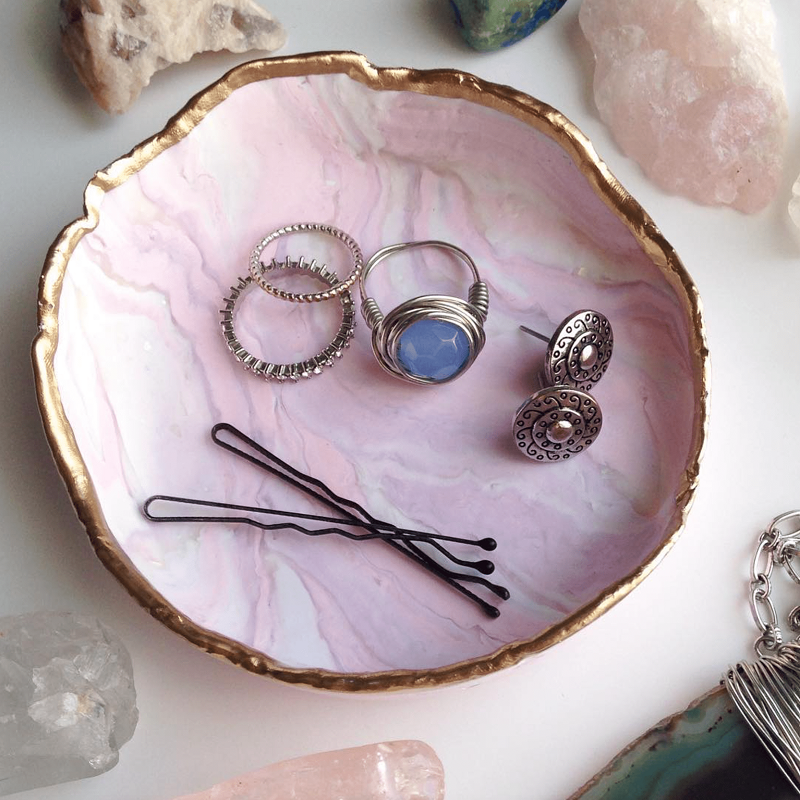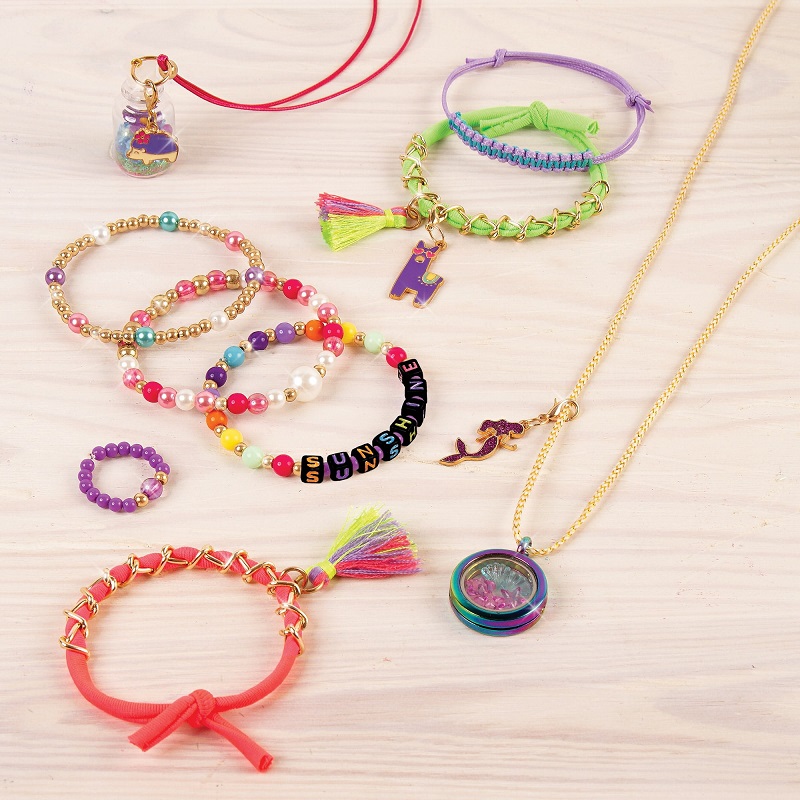How to make jewelry to sell? Making jewelry to sell is not only a creative outlet but also a fulfilling opportunity to turn your passion into a profitable business. Handmade jewelry pieces offer uniqueness and personal touch that resonate with customers seeking one-of-a-kind accessories. In this comprehensive guide, we will explore the step-by-step process of creating jewelry to sell. From materials selection and design to crafting techniques and marketing strategies, we will cover all aspects necessary to establish a successful jewelry business. Let’s delve into the world of jewelry-making and discover how to craft and market your handmade creations.

Identify Your Target Market and Define Your Style:
Before starting your jewelry-making journey, conduct market research to identify your target audience. Consider factors such as age group, style preferences, and budget. Determine the type of jewelry you want to create, whether it’s contemporary, bohemian, minimalist, or vintage-inspired. Defining your unique style will help you establish a consistent and identifiable brand.
Source High-Quality Materials and Tools:
Sourcing high-quality materials is crucial for creating high-end, durable paracord bracelets pieces that stand out. Research reputable suppliers for gemstones, beads, chains, findings, and other components. Invest in quality tools such as pliers, wire cutters, and specialty jewelry-making tools to ensure precise and professional craftsmanship.
Designing Your Jewelry:
With your target market and style in mind, design jewelry pieces that cater to your audience’s preferences. Experiment with color combinations, textures, and materials to create distinctive and visually appealing designs. Sketch your ideas or use computer-aided design (CAD) software to visualize your designs before transforming them into tangible pieces.
Master Jewelry-Making Techniques:
Hone your skills in various jewelry-making techniques to guarantee the quality and craftsmanship of your pieces. Learn fundamental techniques such as wire-wrapping, beading, soldering, and metalworking. Attend workshops, online courses, or explore instructional resources to expand your skillset and develop your technical expertise.
Quality Control and Product Testing:
Maintain a high level of quality control by thoroughly inspecting each piece before offering it for sale. Test the durability and wearability of your jewelry to ensure it withstands daily use. Perform quality checks on clasps, connections, and any moving parts to avoid customer dissatisfaction and returns.
Pricing Your Jewelry:
Calculating an accurate pricing strategy is essential to ensure profitability. Consider factors such as material costs, labor time, overhead expenses, and desired profit margin when setting prices. Conduct market research to gauge the average price range for similar jewelry pieces in your target market. It’s crucial to strike a balance between affordability and reflecting the value and uniqueness of your handmade jewelry.

Establish an Online Presence:
In today’s digital age, establishing an online presence is vital for showcasing and selling your jewelry. Create a visually appealing website or set up online marketplaces and eCommerce platforms to display your products. Invest in high-quality product photography to present your jewelry in the best possible light. Use social media platforms to engage with potential customers, share behind-the-scenes content, and promote your brand.
Networking and Collaborations:
Explore networking opportunities within the permanent jewelry industry to expand your reach and gain exposure. Attend trade shows, jewelry industry events, and local artisan markets to connect with other artists and potential buyers. Seek collaborations with complementary businesses, such as clothing boutiques or wedding planners, to cross-promote each other’s products.
Customer Service and Feedback:
Provide excellent customer service by promptly addressing inquiries, processing orders efficiently, and maintaining open communication with customers. Encourage feedback from buyers to gain insights into their preferences and improve your products and services. Positive customer experiences and word-of-mouth referrals can contribute to the success of your jewelry business.
Evolve and Adapt:
The jewelry market is ever-changing, so it’s important to stay informed about trends, industry advancements, and customer demands. Continuously update your skills, experiment with new design techniques, and adapt your collections to reflect current fashion and market trends. Strive to evolve and offer fresh and innovative designs that keep your customers excited about your jewelry.
What are the good-looking jewelry styles?
Jewelry has captivated hearts for centuries, offering a way to adorn oneself with personal style and elegance. The world of jewelry encompasses a wide range of stunning styles that cater to various tastes, occasions, and fashion trends.
Classic Solitaire Diamond:
The classic solitaire diamond is a timeless and elegant choice for those seeking understated sophistication. This style features a single diamond set in a simple and unadorned band, allowing the beauty and brilliance of the diamond to take center stage.
Vintage-inspired Art Deco:
Art Deco jewelry showcases geometric shapes, intricate patterns, and bold, contrasting colors. Drawing inspiration from the 1920s and 1930s, this style exudes glamour, luxury, and a timeless elegance that still resonates today.
Delicate Floral:
Delicate floral jewelry captures the essence of nature’s beauty. Whether it’s a necklace, earrings, or a bracelet adorned with intricately crafted flower motifs, this style offers a soft and feminine touch combined with intricate detailing, making it a charming and versatile choice.

Bohemian Chic:
Bohemian-inspired jewelry embraces a free-spirited and eclectic aesthetic. It often incorporates natural elements like feathers, gemstones, beads, and leather. Boho chic jewelry exudes a laid-back and organic vibe, perfect for those who love to express their individuality through fashion.
Minimalist:
The minimalist jewelry trend focuses on clean lines, sleek shapes, and simplicity. Minimalist jewelry is characterized by its understated elegance and subtle beauty. Delicate chains, dainty studs, and fine bracelets embody this style, making it perfect for everyday wear and effortless sophistication.
Statement Necklaces:
Statement necklaces are bold and eye-catching, designed to be the focal point of an outfit. These necklaces feature chunky beads, oversized pendants, or intricate designs that demand attention and make a dramatic impact. Perfect for special occasions or when you want to make a grand entrance.
Pearl Elegance:
Pearls have been a symbol of elegance and sophistication for centuries. Whether in the form of a classic string of pearls, a pendant, or earrings, handmade jewelry exudes timeless beauty and grace. It complements both formal and casual ensembles, adding a touch of class and refinement.
Modern Geometric:
Modern geometric jewelry embraces bold lines, asymmetrical shapes, and unconventional materials. This style is perfect for those who appreciate contemporary design and want to make a fashionable statement. Geometric jewelry adds a unique and edgy touch to any ensemble.
Stackable Rings:
Stackable rings offer versatility and personalization, allowing you to mix and match different styles, metals, and gemstones. Create a custom look by stacking multiple rings on one finger, showcasing your unique style and personality.
Nature-inspired:
Nature-inspired jewelry captures the beauty of the natural world, often featuring motifs of leaves, flowers, animals, or natural gemstones. This style reflects a love for the outdoors and allows the wearer to carry a piece of nature with them wherever they go.

Conclusion:
Crafting and selling handmade jewelry requires a combination of artistic creativity, technical expertise, and entrepreneurial skills. By following the steps outlined in this guide, you can establish a successful jewelry business. Identify your target market, define your style, select high-quality materials, master jewelry-making techniques, implement quality control measures, set competitive pricing, establish an online presence, network within the industry, provide excellent customer service, and continuously evolve to meet market demands. With dedication and passion, crafting jewelry to sell can be a fulfilling and profitable venture. Embrace the journey, unleash your creativity, and watch your handmade jewelry creations resonate with customers around the world.
